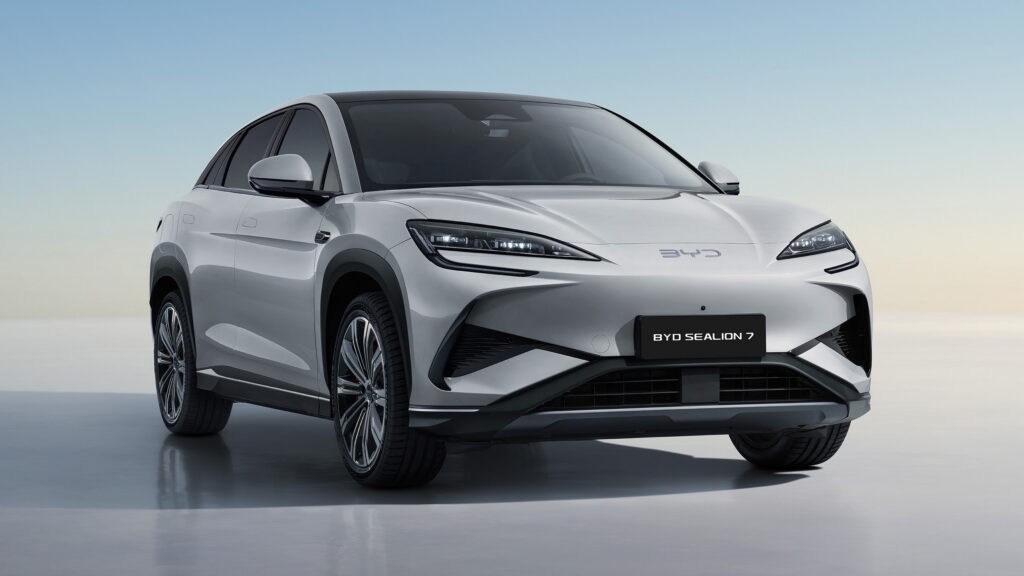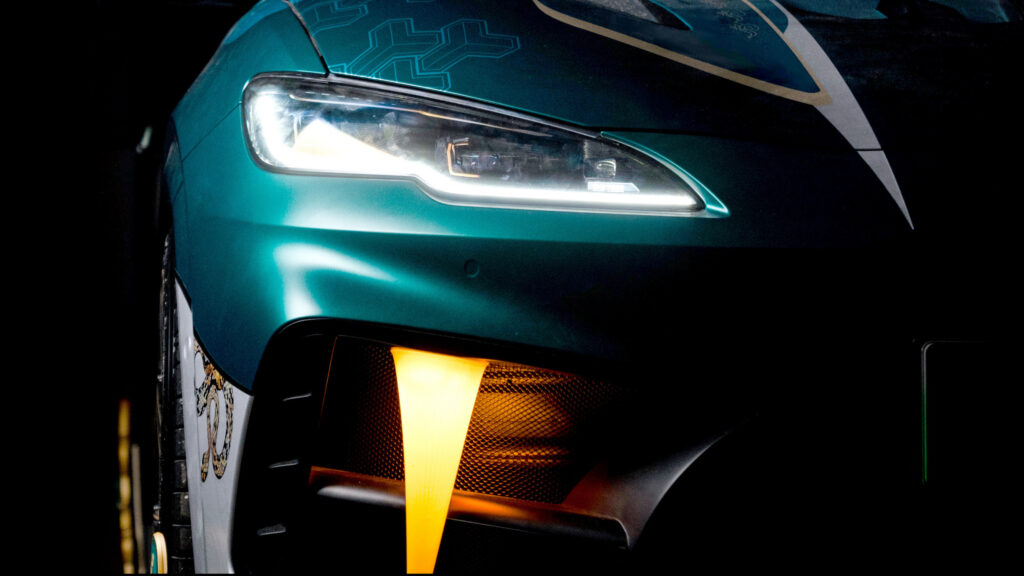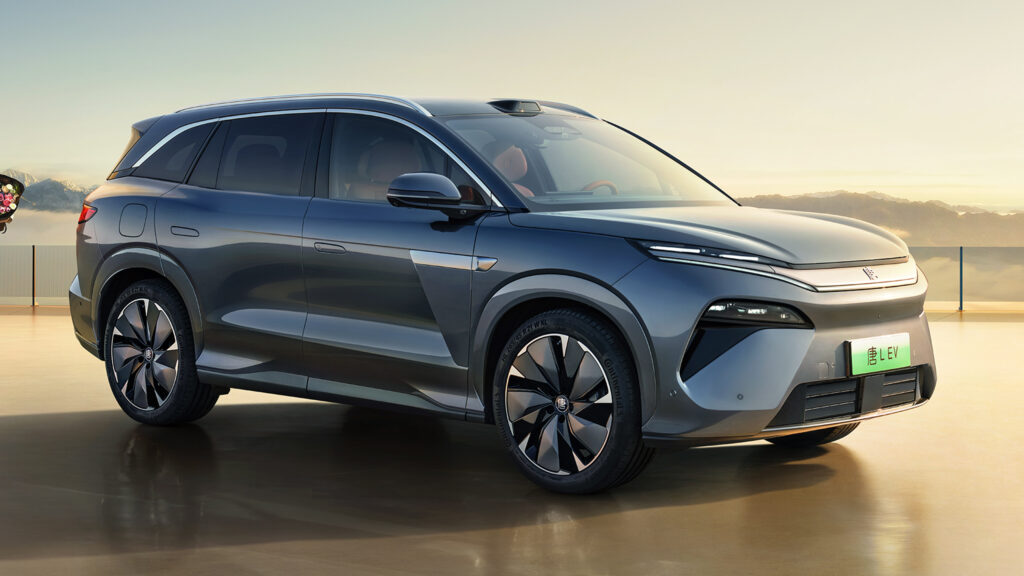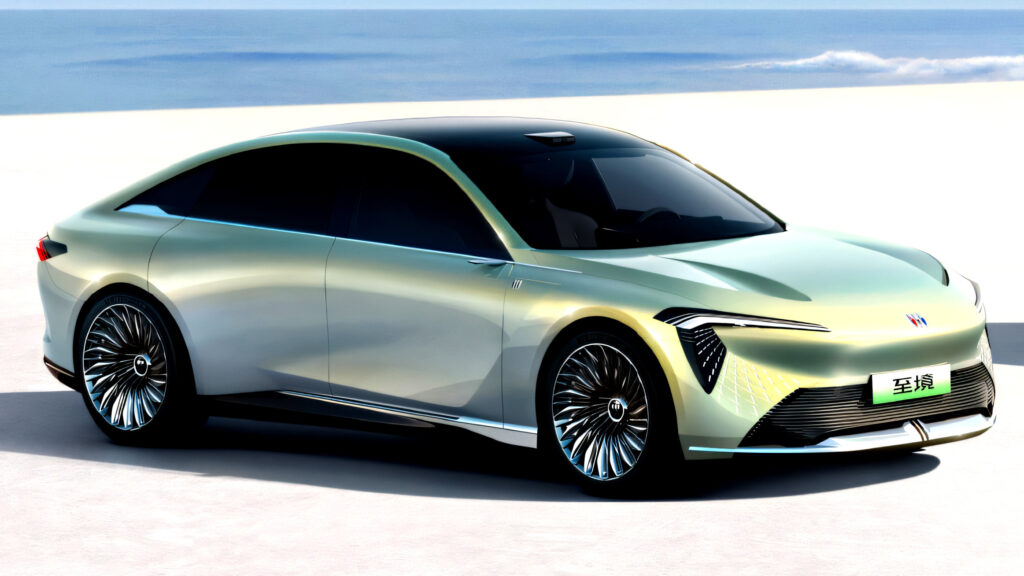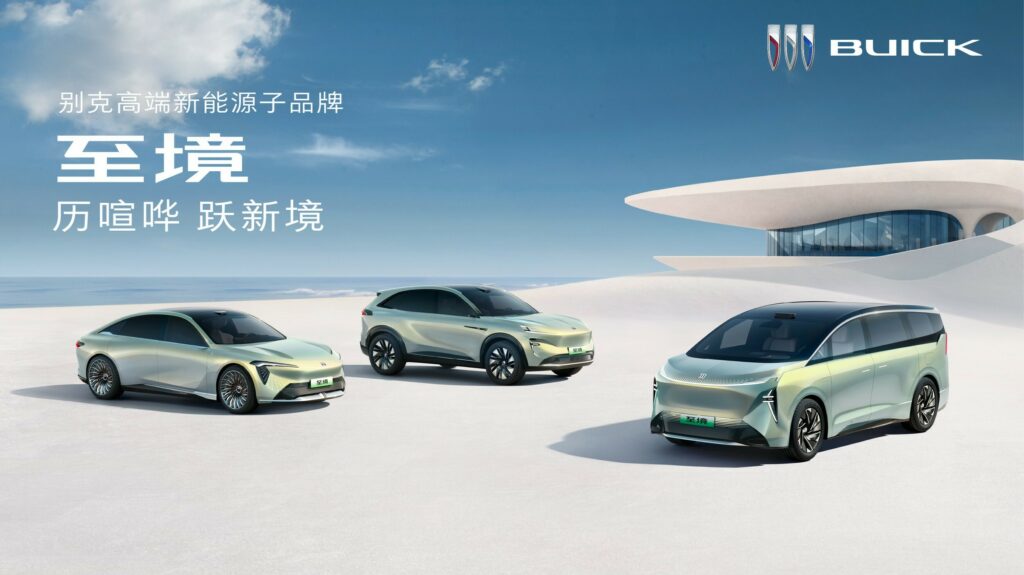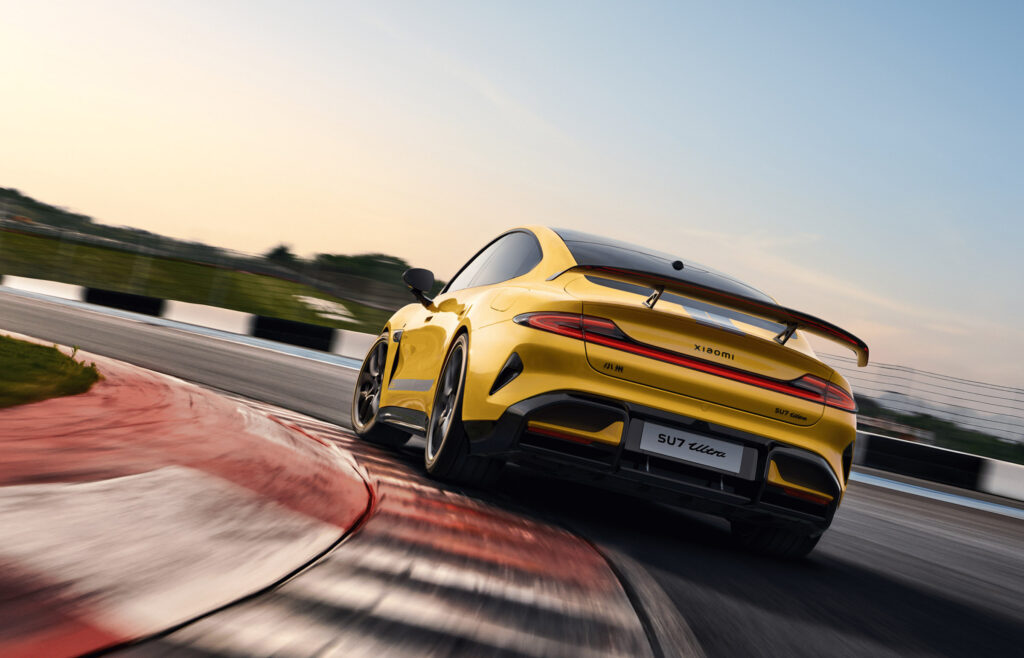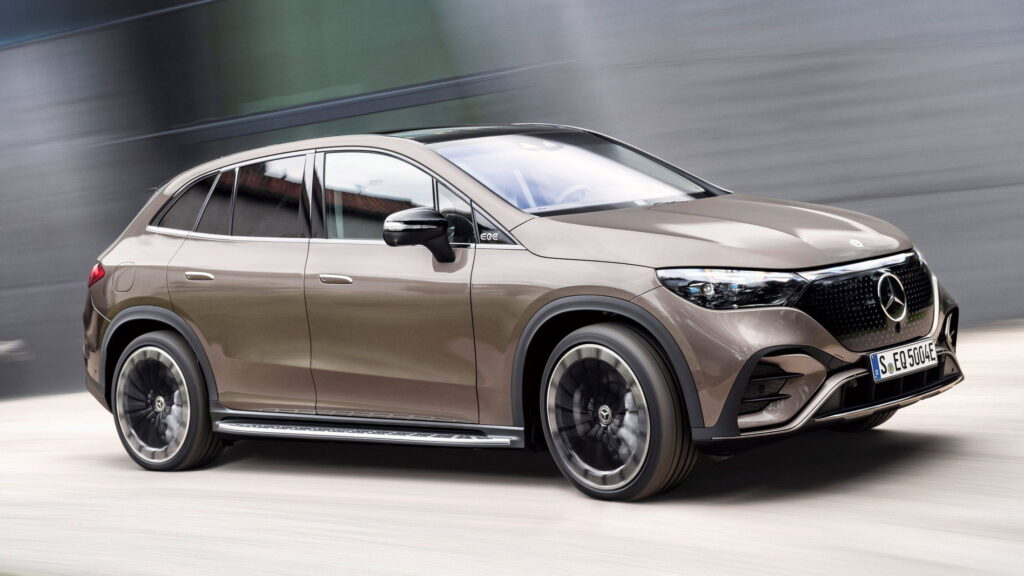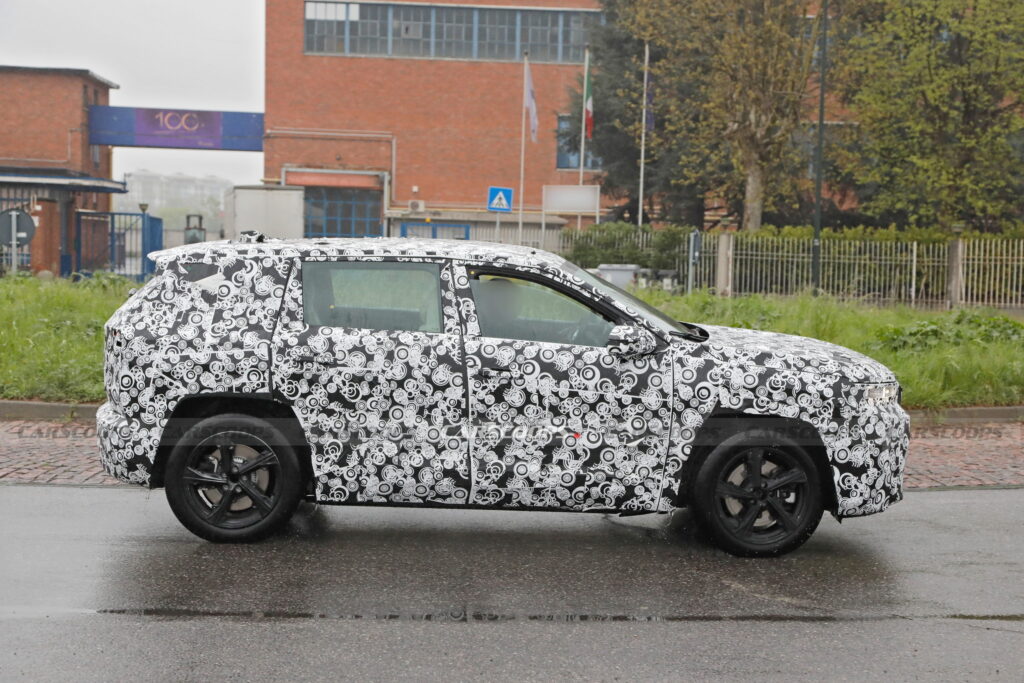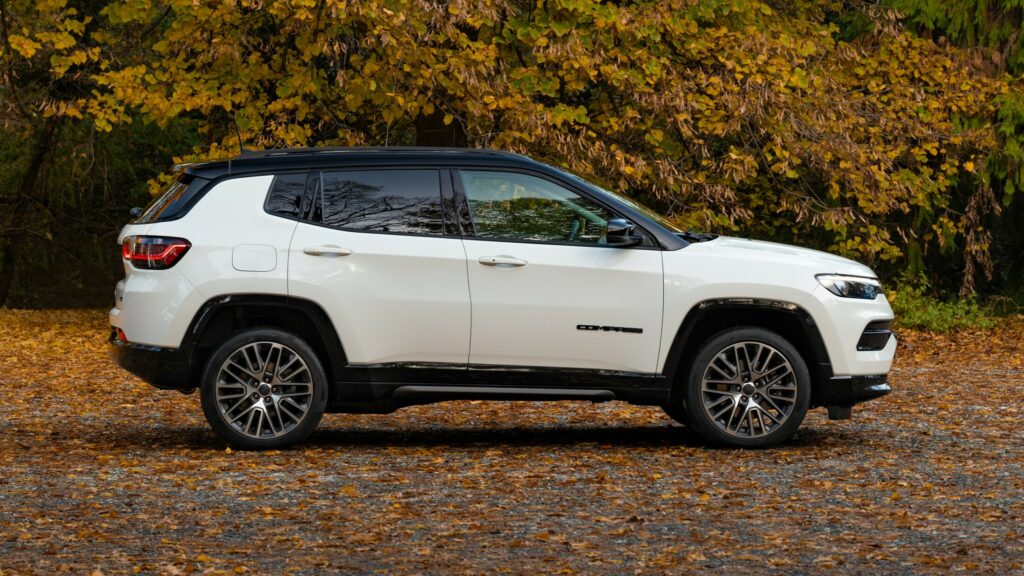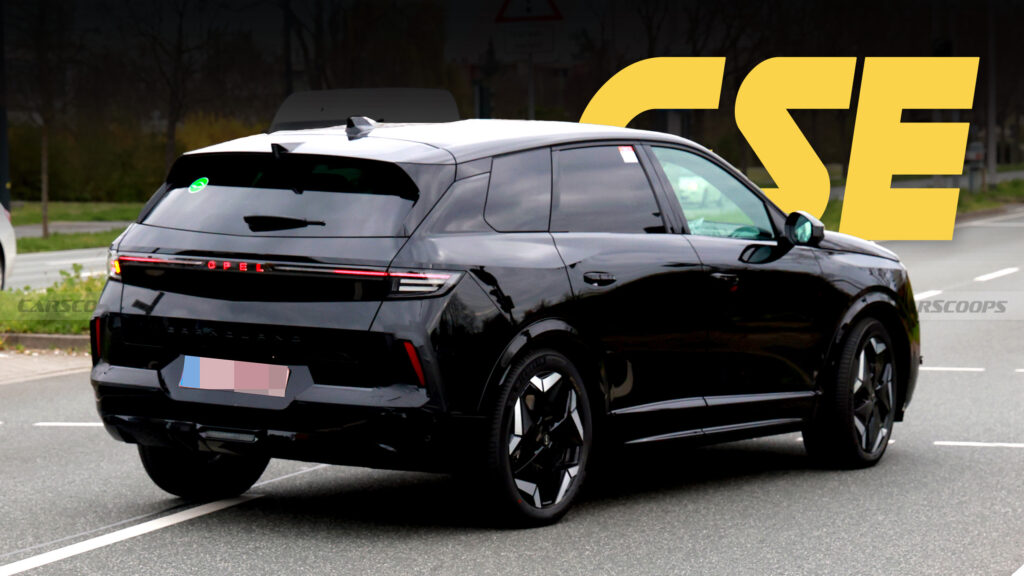Democrats announce bill to restore child care support stripped from state budget

State Sen. Kelda Roys, holding her toddler, speaks about legislation Democrats are proposing to provide ongoing funding for child care providers. (Photo by Erik Gunn/Wisconsin Examiner)
Democratic lawmakers are circulating a draft bill to extend the soon-to-end state child care support program and fund it with $480 million that was stripped from the 2025-27 state budget.
The proposed legislation follows action earlier this month by Republican lawmakers to remove child care support and more than 600 other items that Gov. Tony Evers included in his draft budget.
Both Evers’ proposal and the Democrats’ bill aim to continue support that child care providers have been receiving since 2020 as part of federal pandemic relief.
“This funding has been essential in continuing successful programs that support our early educators, child care providers, parents, and most importantly, our kids,” said state Rep. Alex Joers (D-Middleton) at a Capitol news conference Thursday announcing the legislation.
The $20 million that Wisconsin paid out each month to providers through mid-2023 “kept our early educators in the workforce, held tuition down for parents and provided a direct investment in our children during the most crucial years of their childhood development,” Joers said.
Payments were cut to $10 million a month in June 2023, and the last of those funds will be paid out by early July.
“But with this impending deadline, child care providers and early educators are faced with the impossible decision to either raise rates or have to close altogether,” Joers said. “Without assurance of this funding lifeline, many have already made that decision and have devastatingly shut their doors forever.”
Citing recent reports, Joers said that there are 48,000 children on waiting lists for child care in Wisconsin. In a survey of providers, 78% said they would have to raise fees for infant care — the most expensive age group in most child care programs.
“Altogether, if nothing changes, parents are looking at having to find an additional up to $2,600 in their yearly budget,” Joers said.
First-term Sen. Sarah Keyeski (D-Lodi), the lead state Senate author on the legislation, said that when she was running for office last year, voters repeatedly shared their concerns about the cost and scarcity of child care.
“We have historically undervalued and underpaid child care and early education professionals,” Keyeski said. “This is no longer tenable.”
She described the plight of one constituent who had to change providers three times after the first and then the second provider went out of business because of financial difficulties or other constraints. The mother told her that her current provider — the third — had rates that are “at the top” of what the family could afford.
Keyeski said the provider has told the woman that unless the state can continue with its support, the center’s rates will go up $40 a week, or $160 a month. For the couple, “this increase is unsustainable,” she said. “Her family is left wondering, what to do next?”
Wisconsin’s rural communities have been especially hard hit, she added: In 70% of them, there are three or more children for every child care opening.
“In my district alone, over 34,000 children need care, but there are only about 26,000 available slots,” Keyeski said.
Child care should be viewed as essential infrastructure, said state Rep. Renuka Mayadev (D-Madison).
“And as a state, we support infrastructure. We maintain roads, we maintain bridges. Why is funding childcare such a fight?” Mayadev said.
Wages of less than $14 an hour are driving child care workers out of the field, she added. “There is no other industry where such high value work is being done at such dismal low wages.”
Sen. Kelda Roys (D-Madison) — accompanied by her toddler son before she took him to his child care provider near the Capitol — said the legislation calls for $480 million in state funds over the next two years.
“But I think the real question is what it will cost the state if we don’t do it,” Roys said. She forecast “continued massive closures” of child care centers.
“Already over 60% of child care providers have classrooms sitting empty or slots that can’t be filled because they don’t have the teachers to fill them,” she added.
Roys said child care was a critical need in order for the state to address persistent shortages of people to fill jobs.
“In critical areas like public safety, in K-12 education, in health care — what is it going to mean if the parents of even more kids can’t get child care?” Roys said. “We can’t afford that. We have to make this investment.”
















